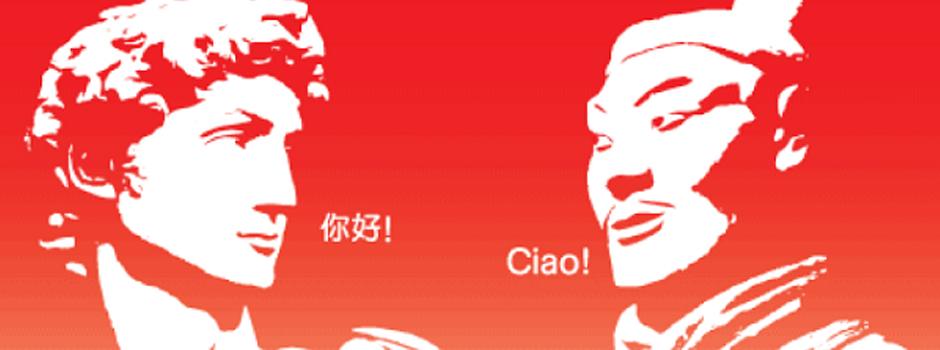In a panel moderated by Adjunct Professor of Finance Michele Geraci on Nov 14, students and faculty dove into multiple dimensions of historic Sino-Italian exchanges that date back to Marco Polo in the 13th century.
Three distinguished speakers, including Stefano Beltrame, consul general of Italy in Shanghai, Professor Joanna Waley-Cohen, provost of NYU Shanghai and Antonino Marciano, associate professor of physics at Fudan University, presented their findings on a rich history of relations between the two countries in business, culture and technology.
Consul General Beltrame talked about the impact of Italian Jesuits who traveled to China in the 16th century to fulfill their religious missions. He emphasized that introducing religion to China was but one result of their stay. In order to be regarded as legitimate sources of knowledge, the missionaries also brought information about European science and art to China.
“Jesuits may have come for religious purposes, but they also wanted to understand China, so they started making first dictionaries. Pinyin exists because 400 years ago, somebody started making Chinese-Latin dictionaries,” said Beltrame, who also represented his country in Kuwait, Germany, Iran and the United States.
Provost Joanna Waley-Cohen further explained the dynamic interactions between Jesuits and the elites of China during the Ming Dynasty (1368-1644), commenting on the example of Xu Guangqi, a 17th-century scholar-official with a strong interest in science and mathematics whose home was in Shanghai, and Matteo Ricci, the father of Jesuit missions in China.

"Italian missionaries hoped that by sharing their scientific knowledge to Chinese elites they would both attract their interest in the Catholic religion and receive political support," she said, with the goal of "sweeping China into the Church". While that goal was never realized, Italian Jesuits continued to work at the court of the Qing emperors, including, over a century after Ricci, Giuseppe Castiglione, an Italian artist highly regarded by the Qianlong Emperor.
"Qianlong expanded his empire to the greatest it had ever been, and Castiglione's paintings of military topics made him probably the most important Italian at the Qing court since Matteo Ricci,” she said.
Lastly, Professor Antonino Marciano spoke about collaborations between the two countries to advance knowledge and education pertaining to physics, from Matteo Ricci in the 16th century to the research of today.
“Ricci didn’t bring in science, because there was already science. He brought in the Western knowledge,” Marciano said, noting that since 1980s, dark matter and cosmic rays have been at the core of dialogues between Chinese and Italian physicists.
Concluding the panel, Provost Waley-Cohen reminded the audience not to forget the scientific discoveries that human beings have achieved.
“Now, in the age of communications, everyone thinks they know more than they do,” she said. “But if you were a missionary in Beijing wanting to ask Rome for help, it would probably take two years to send a letter and receive an answer. At that time, learning about new knowledge that came from far away was very exciting.”

Drafted by Aleksandra Lekowska ‘18


